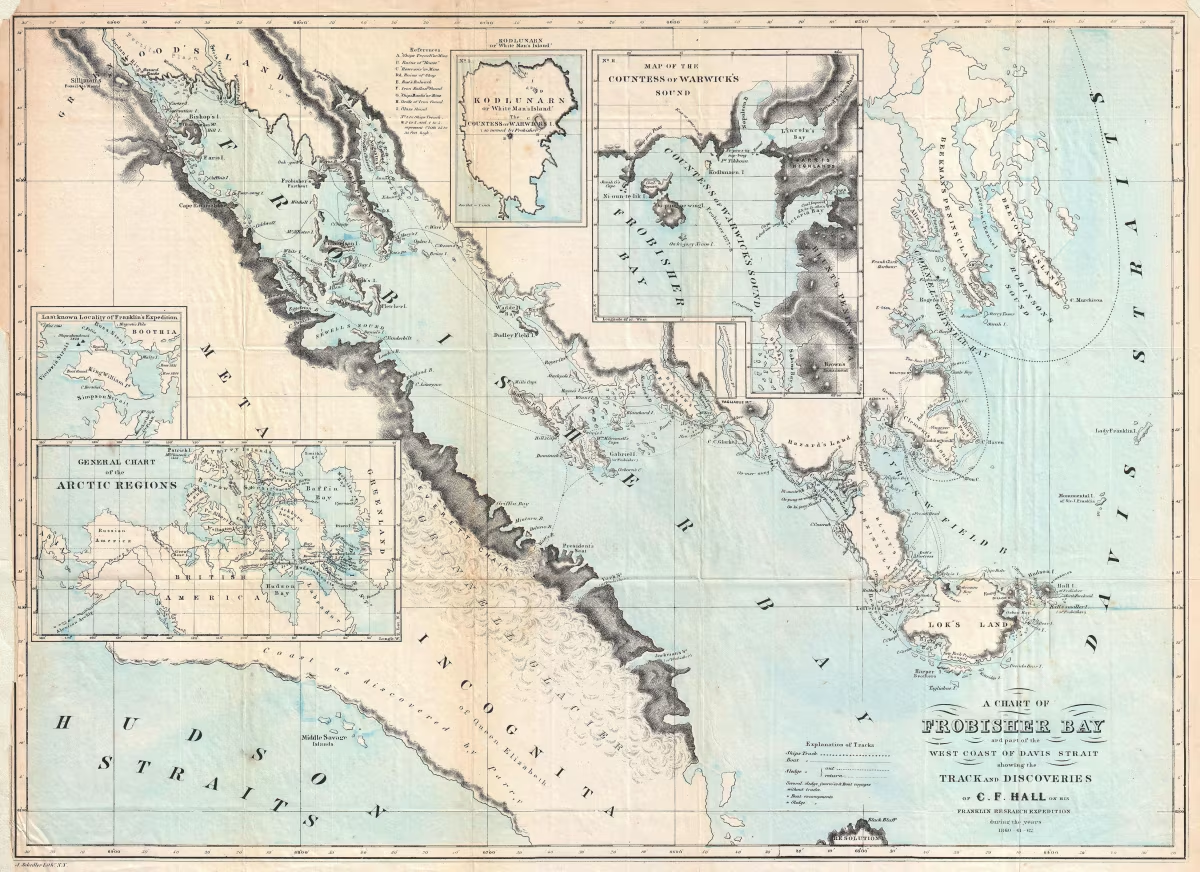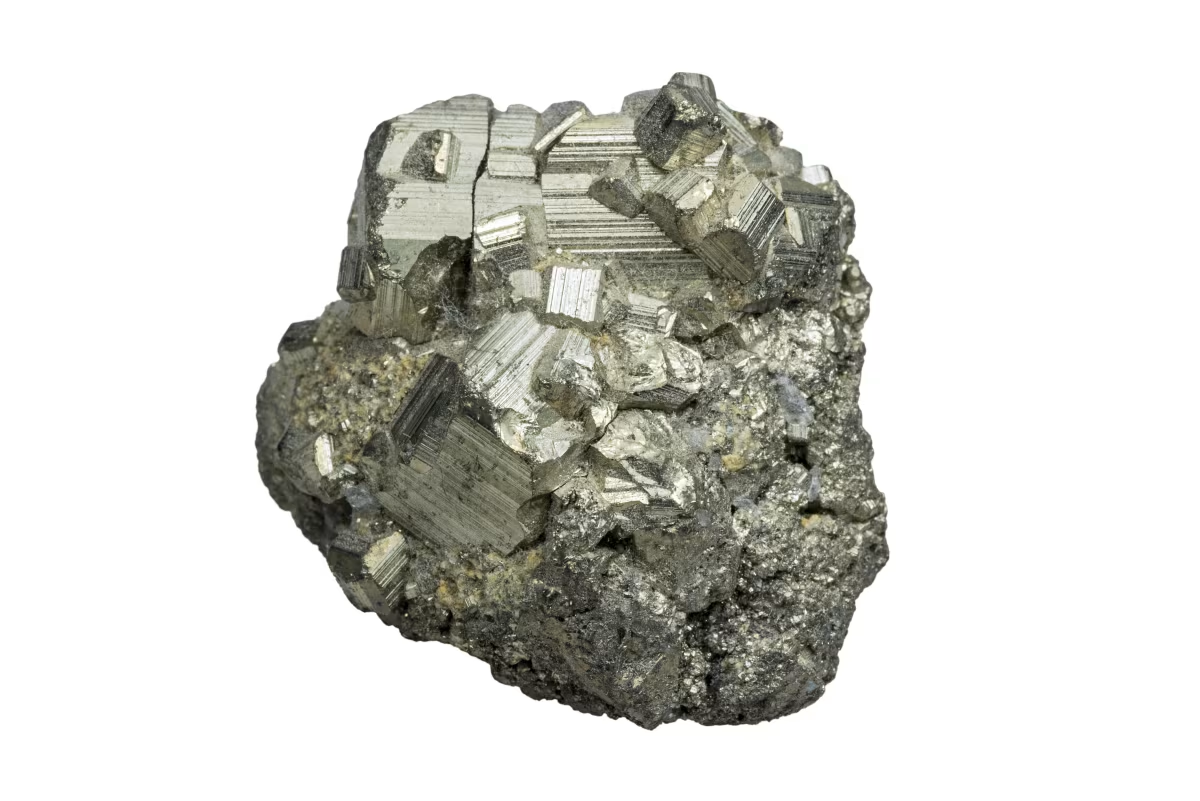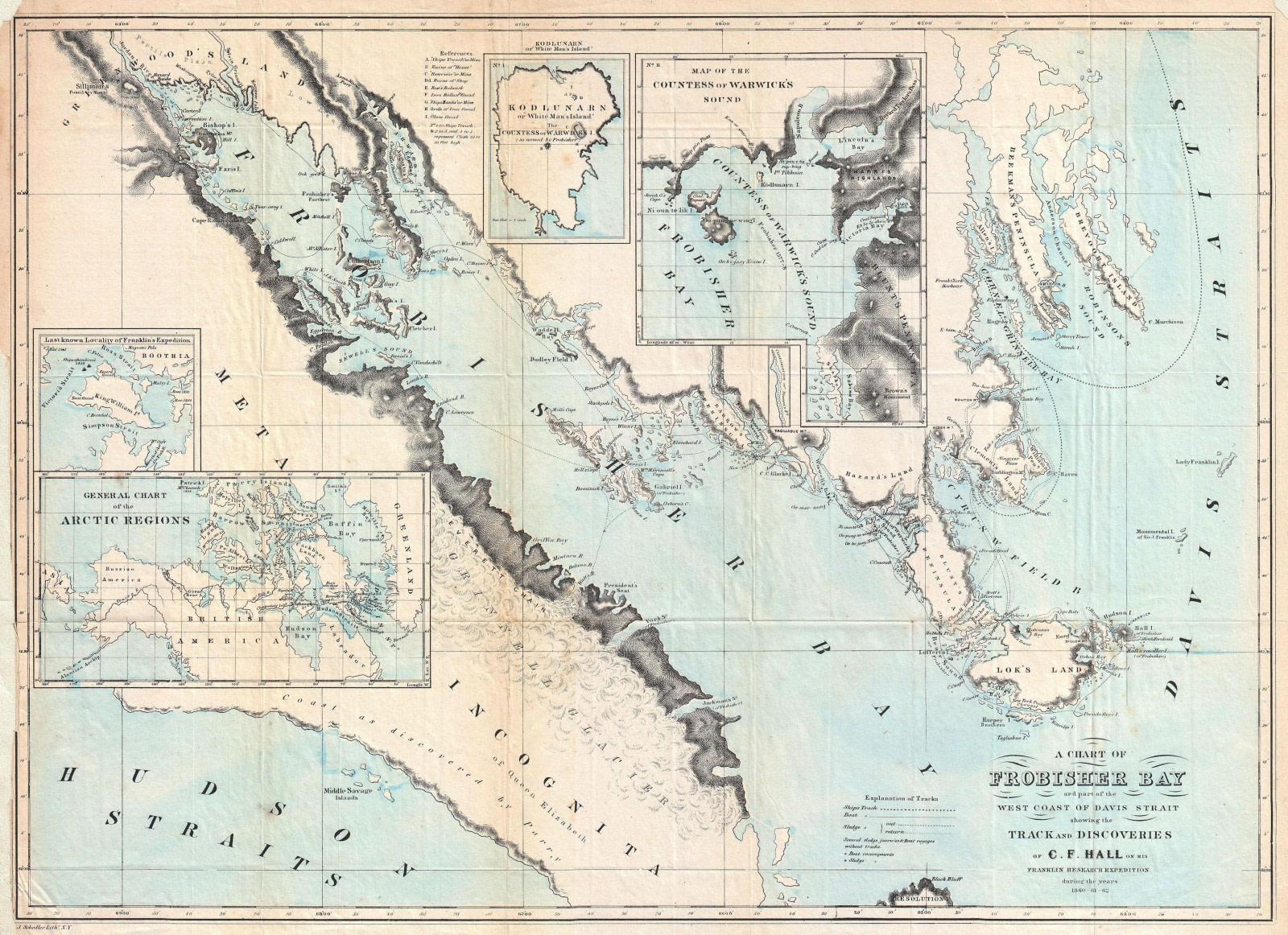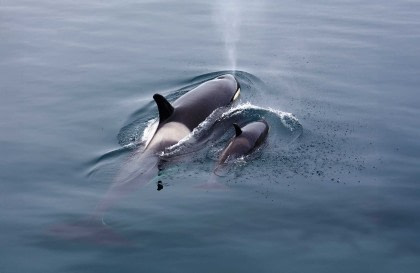In the so-called age of discovery, European captains embarked on perilous voyages into the icy North. Their mission? To find the fabled 'Northwest Passage,' a theorized northern link between the west coast of the New World and the Old. This was to discover new trade routes and search for gold, minerals and other ores to extract and claim for their nations.
One of the earliest Europeans to explore the Canadian Arctic was Martin Frobisher, a swashbuckling English privateer serving the English crown. However, as Frobisher would discover to his cost, the quest for gold can be a fool's errand, and the Arctic does not give up its treasures easily.

The quest for new lands and precious resources
Today, the Arctic plays a crucial role in our global ecosystem, with vast areas protected within national parks and by international law. The region is home to a rich biodiversity, and its ground and waters conceal valuable resources that surrounding nations have coveted for centuries.
In modern times, resource extraction occurs throughout the Arctic, particularly in oil and gas, but it is usually strictly controlled and organized. But it wasn't always this way! In the past, resources were secured by countries and private companies, who established small outposts and stations throughout the known Arctic to hunt, harvest, and mine.
By the 16th century, European powers knew of larger swathes of the Arctic region, with only the wild, impenetrable ice preventing them from sailing further North in the quest for glory. The English crown, mainly, was keen to secure new trade routes and continue establishing its growing influence on global trade and politics.
In 1574, following other attempts by the Muscovy Company to find trade routes via the Russian Arctic and several failed ventures to find the Northwest Passage in the early 1500s, Martin Frobisher secured permission to lead an expedition financed by the Muscovy and Cathay Companies into the unknown North, sailing beyond Greenland and the known world. By 1576, the expedition was ready and left port on 7 June 1576.
Frobisher's first expedition
Frobisher's first expedition reached the shore of Baffin Island in July 1576 before sailing westward into what is now Frobisher Bay. The crew believed this to be the entrance to the Northwest Passage and ventured further until, in August, they encountered a group of Inuit. After initially agreeing with the native group to guide his men through the region, a misunderstanding led to several of his crew being captured. Despite Frobisher's attempt to release them, his men were never seen or heard from again. Inuit legend, however, suggests the men lived amongst the native population for many years.

In the hasty retreat from Frobisher Bay, a small black rock was taken as a token of ownership of the land and the expedition sailed home. Once back in London, the black rock was assayed (inspected for minerals and precious metals) by several experts, who indicated that the rock was worthless. However, a fourth assayer, an Italian named Giovanna Battista Agnello, stated that the rock was a gold-bearing ore, even calling the other assayers' abilities into question.
Based on this report, the expedition investors and even the queen of England, Elizabeth I, offered support and interest in a return expedition to extract the bountiful gold that must lay undisturbed beneath the ground that Frobisher and his men claimed for England.
Frobisher returns on the hunt for gold
By July 1577, Frobisher, leading a much more extensive fleet including miners and convicts to be used for labor, landed once more on the shores of Frobisher Bay. The queen of England personally invested around £360,000 in modern money, lending a ship and royal favor. Almost immediately, a search was made for more of the black rock found during the previous expedition, and an attempt was made to negotiate the release of the men captured the prior year. Both were unsuccessful, and Frobisher and his men then began collecting ore from the surrounding areas over several weeks.

The hunt for the Northwest Passage had now been entirely driven from Frobisher's mind, and his orders had been changed from discovery to resource gathering. In all, around 200 tonnes of ore was collected by Frobisher and his men, who sailed home for England in August, their ships heavy with expected riches.
Frobisher's third expedition - a fool unveiled
By this time, the interest in Frobisher's discovery had reached a fever pitch, with investors and the royal court discussing the potential significance of the new land. A third, even larger, and more costly expedition was planned to establish a colony for further ore and gold extraction. However, this third expedition would ultimately unravel Frobisher's grand Arctic adventure. Despite initial success, his attempts at establishing a colony soon encountered discontent and ultimately failed. Bad weather had plagued the expedition from the start, and dissatisfaction spread rapidly.
By July 1578, Frobisher, along with over 400 men, 15 vessels, and the expertise of miners, blacksmiths, and assayers, once more reached the shores of Frobisher Bay. More ore was extracted throughout July and August 1578, and all thoughts of further exploring the Arctic were abandoned. By the end of August, Frobisher and his men sailed again for home, losing two ships to stormy seas and worsening Arctic weather. This was the last of his problems, however, as once home, all of the ore was found not to contain gold but worthless minerals known as fool's gold. Frobisher's efforts and the enormous costs of financing his three expeditions had been for nothing. The ore was worthless, and the outcome was embarrassing not only for Frobisher, but for the English crown.
An Arctic legacy tarnished - but not forever
Frobisher's polar reputation was ruined, and the Cathay Company, his chief investor, went bankrupt. While he would go down in history as one of the first Europeans to explore the waters and channels of the Canadian Arctic, Frobisher's name would be synonymous with a foolish mistake and pointless endeavor for the rest of his life.
While he would never return to the Arctic and complete his quest of finding the Northwest Passage and mounds of gold, Frobisher would successfully salvage his reputation. He fought in the Anglo-Spanish war (1585-1604), leading a squadron against the Spanish Armada under the renowned Sir Francis Drake in 1588. He was knighted by Queen Elizabeth I in 1588 and served until he was killed by a musket ball during the siege of Fort Crozon in 1594.
You can visit some of the areas of Greenland that Frobisher and his crew navigated alongside on many of our expedition cruises to Greenland.






